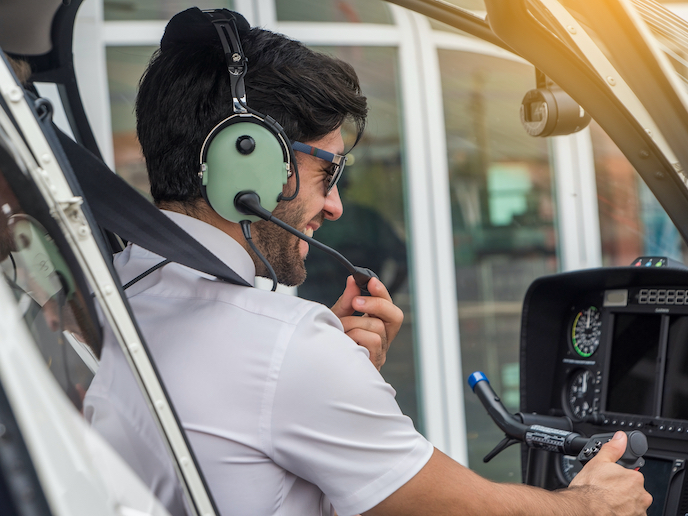Cutting-edge components boost rotorcraft technology
Following the lull imposed by the COVID-19 pandemic, flight travel is predicted to make a resurgent comeback. The challenge is that the global aviation sector currently creates almost 14 % of all transport emissions, second only to road transport. This presents Europe with a dilemma – how to meet increased consumer and industry demand for air travel, while meeting climate commitments. “The challenge facing the aviation industry is not only finding new and more environmentally friendly solutions,” explains DREAM(opens in new window) project coordinator Rafał Żurawski from the Warsaw Łukasiewicz Research Network – Institute of Aviation(opens in new window) in Poland. “It is also about finding solutions that can enter into service quickly, while fulfilling all aviation requirements for flight permission approval.”
Achieving rotorcraft efficiencies
Helicopters, and other rotorcraft, are increasingly used in the transport of equipment and personnel for industrial operations, such as to offshore wind farms, oil rigs and other hard-to-reach locations. Emergency medical services also make extensive use of helicopters in search and rescue operations, and to transport patients. The DREAM project focused on developing implementable solutions for this specific sector of aviation. “Our aim from the outset was to contribute to the development of a demonstrator rotorcraft with improved cruise speeds,” says Żurawski. “This will not only lead to reduced fuel consumption, but also lead to operational efficiencies – critical for end users such as emergency medical services,” he adds. In practice, the project designed and manufactured specific individual aviation parts. These included compartment cowlings(opens in new window) – composite coverings that house the engine – and ventilation ducts. Particular attention was paid to weight, cost and shape. “Finalised solutions were then checked by performing technological, structural and maintenance tests,” adds Żurawski. “These were then fitted onto the demonstrator helicopter, called Racer(opens in new window).” This is the name of the new compound rotorcraft, currently being developed by Airbus Helicopters. This phase of the project enabled further tests to be conducted. These included bird-strike analyses and topology optimisation – optimising material layout on board to ensure maximised performance. The results have since been widely shared through industry conferences, such as the European Rotorcraft Forum(opens in new window).
Next-generation helicopters
“A key benefit of this project has been our ability to test new, innovative high-speed helicopter technology in real conditions,” says Żurawski. “Possible end use cases are numerous, because Racer combines the high cruise speed of an airplane with the possibility of vertical flight, like a conventional helicopter.” The DREAM project team succeeded in fulfilling its objectives – delivering cowlings and other components for this new aircraft type. “Our project is part of a bigger picture, involving different partners feeding into one technology demonstrator,” explains Żurawski. To this end, flight tests will continue to be carried out, following the completion of the DREAM project. Cutting-edge technologies will be further refined, and the most promising solutions identified and developed. “These innovations will help to change the helicopter aviation industry,” remarks Żurawski. “They will open up new ways of developing faster, more fuel-efficient aircraft, capable of performing vertical starts and landings on restricted areas, combined with the cruise speed close to propeller-driven planes.”







